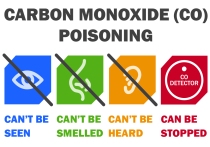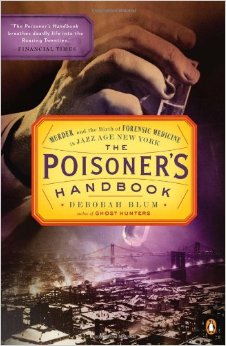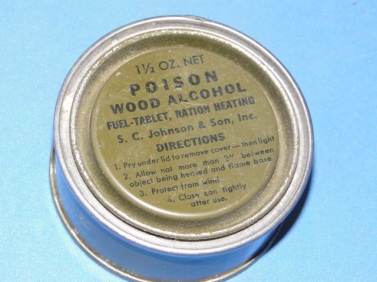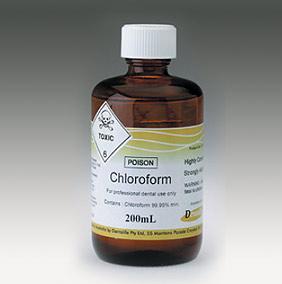

If the wood alcohol and the methyl alcohol chapters weren’t enough to convince you to be careful while drinking, then the ethyl alcohol chapter will put you over the edge. This chapter brings out even more cases in which people drank themselves to death. Blum lays out such a variety of examples in order to get the reader to understand how widespread and common death from poisons became. Left and right people were either being poisoned or poisoning themselves. What makes these examples scarier is that some of them came right from the records of Alexander Gettler. These murders and deaths are not just made up fictions, they are actual events that occurred in the early 1900s.
The ethyl alcohol chapter is interesting because it has the usual murder stories that Blum puts in, and also talks about the science behind Gettler figuring out how the alcohol affects the brain. While the obvious purpose of this book may be to make people aware of poisons, I believe that Blum had another intention, to show the development of science and how fast the information grew about poisons during the time period of World War I. Blum does a nice job of weaving in the science part of poisons while adding in the murder mystery part as well.
Chapter ten is a continuation from before discussing carbon monoxide. It makes sense that Blum comes back to this poison because it is still relevant today. What stood out to me in this chapter was the amount of cases that Gettler and Norris studied before getting to their conclusions. The scientists studied sixty-five cases to figure out the effects of carbon monoxide. While that may not seem like too many, each of these cases is linked to a unique story that affected many people: it is interesting to think about how many people have to be affected by something before it is brought to the table for analysis. There are probably poisons right now that don’t have a cure because they are not common enough for a scientist to focus on. Again, this chapter includes a variety of different stories, such as someone leaving a car running in a garage to intentional carbon monoxide deaths. The end of this chapter talks about two criminals going to the electric chair. The electric chair was popular at this time and I read lots about it in Murder of the Century as well. There was a prison called Sing Sing for people who were waiting to be put in the chair. The name does not seem too fitting for the place if you ask me.
I did not choose a quote from these two chapters, but what interested me was how Blum would list out four cases in a row each with small summaries on how someone died from the poisons. This format has not been used up to this point in the book, so it caught my attention and I ended up picking out similarities and differences between each of the deaths.
Here is Deborah Blum’s website because she actually has written many interesting science pieces and if you’re into that, you should look into her books. http://deborahblum.com/


